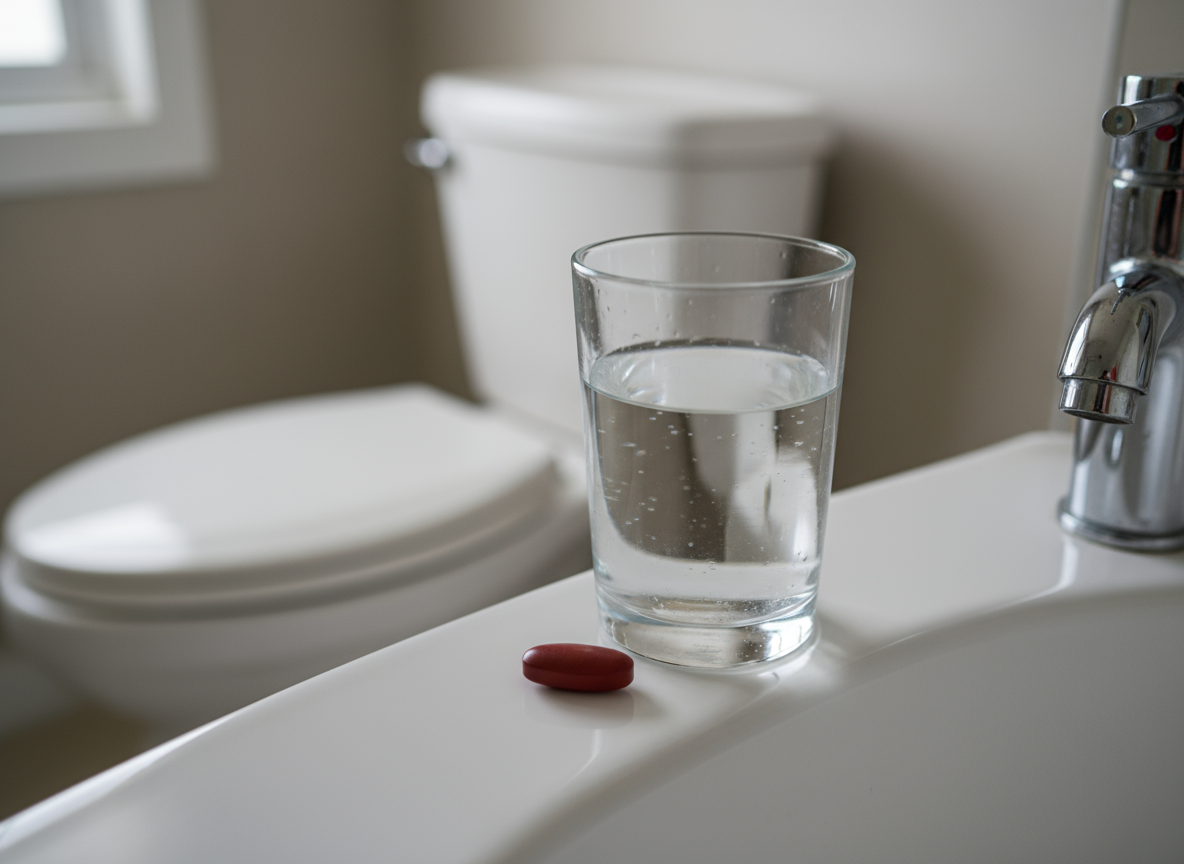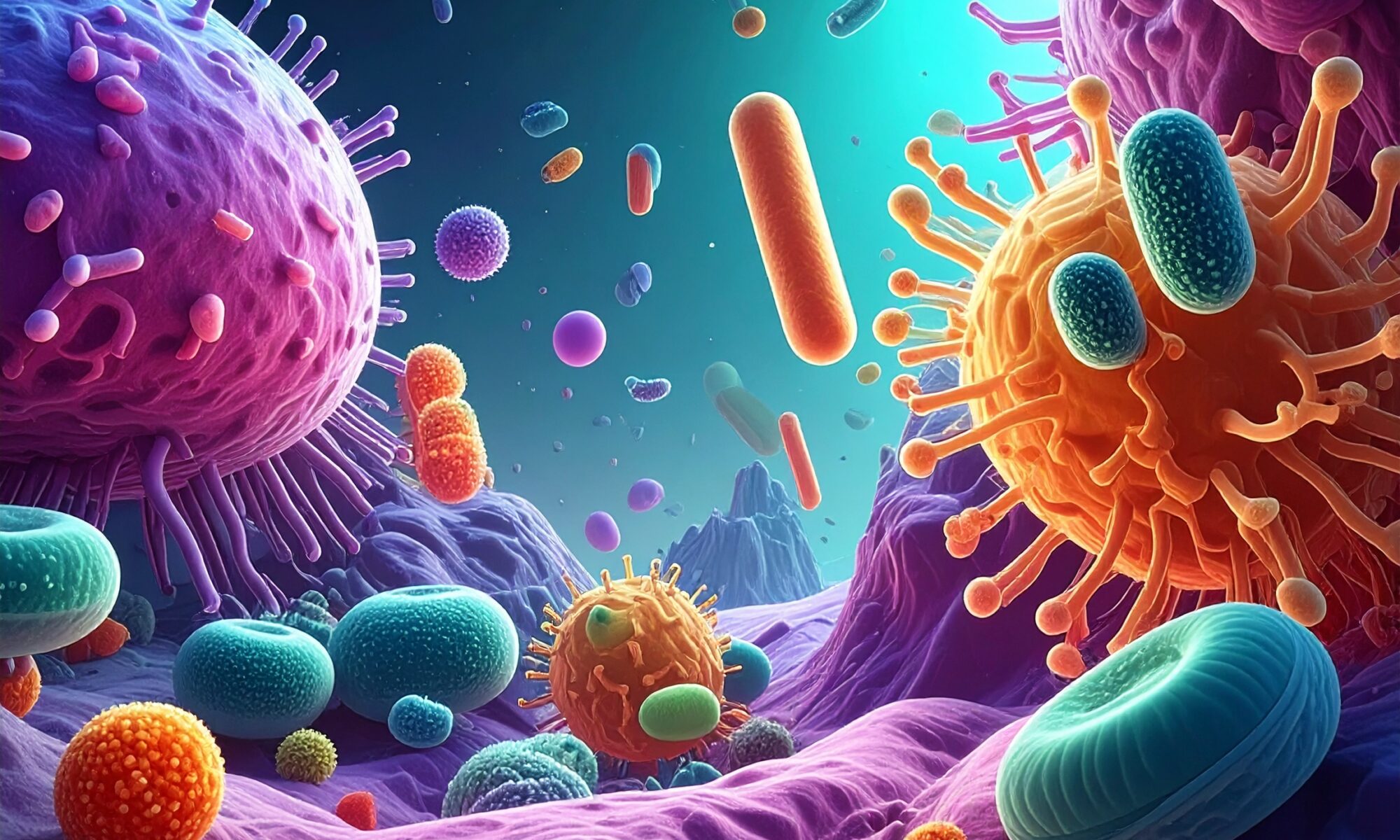Podcast: Play in new window | Download (Duration: 17:29 — 8.0MB) | Embed
On this episode of the Real Life Pharmacology Podcast, I cover albuterol pharmacology, adverse effects, and a rare indication for this classic respiratory medication.
Albuterol is a short-acting beta-2 adrenergic agonist (SABA) that works by stimulating beta-2 receptors in the bronchial smooth muscle. This stimulation activates adenylate cyclase, increases cyclic AMP, and leads to relaxation of airway smooth muscle. The end result is rapid bronchodilation, making albuterol effective for quick relief of acute bronchospasm in conditions such as asthma and COPD.
Common adverse effects occur due to both beta-2 and some unintended beta-1 receptor stimulation. Patients may experience tremors, nervousness, headache, or tachycardia. Higher doses or frequent use can lead to hypokalemia because beta-2 stimulation drives potassium into cells. Some individuals may also report palpitations or feelings of anxiety. These effects are generally mild and transient but can be more pronounced in older adults, those with cardiovascular disease, or when albuterol is used excessively.
Albuterol has several clinically relevant drug interactions. Concomitant use with non-selective beta-blockers (such as propranolol) can blunt its bronchodilatory effect and may precipitate bronchospasm in susceptible individuals. Using albuterol with other sympathomimetics can enhance cardiovascular stimulation, increasing the risk of tachycardia or hypertension. Diuretics, especially loop or thiazide types, may compound albuterol-induced hypokalemia. Additionally, monoamine oxidase inhibitors (MAOIs) or tricyclic antidepressants can potentiate the effects of albuterol and increase the risk of cardiovascular adverse reactions.
Be sure to check out our free Top 200 study guide – a 31 page PDF that is yours for FREE!
Support The Podcast and Check Out These Amazing Resources!
Meded101 Guide to Nursing Pharmacology (Amazon Highly Rated)
Guide to Drug Food Interactions (Amazon Best Seller)










